
Ecological niche

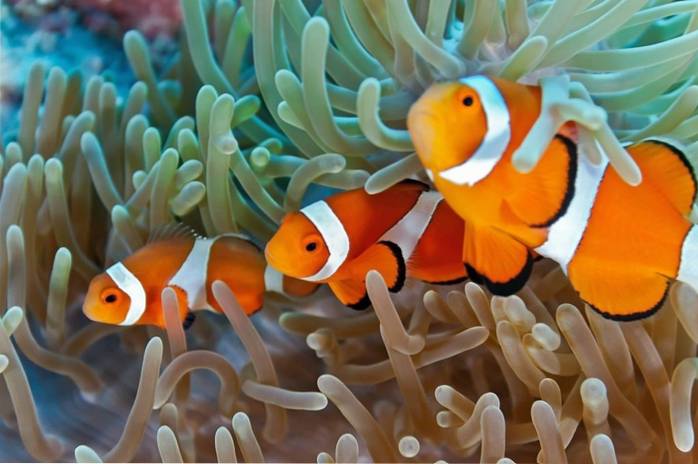
What is the ecological niche?
The ecological niche is the set of strategies that a living being uses to survive and the resources it uses to achieve it. This includes how they feed and avoid predators, which determines what role the species plays in the ecosystem..
In general, the ecological niche includes everything with which a species is related to live, both its food sources, as well as its possible predators and all useful resources for it. Also the abiotic conditions that the species requires, that is, temperature and humidity, among others..
The competition for resources that develops between species during their evolution makes each one specialize. Therefore, each species fits into the ecosystem using a certain part of the resources.
Some consume only vegetables and among these, there are those that only eat leaves and other fruits. While other species consume meat and there are those that consume everything. Thanks to this specialization where each species produces its ecological niche, so many different species can live in the same habitat.
Types of ecological niches
George E. Hutchinson established two fundamental types of ecological niches, the so-called potential niche and the real niche..
Fundamental or potential niche
It is a theoretical niche, that is, part of ideal conditions for a specific species. It is the place that a species can occupy in an ecosystem if it does not have interference from other species.
Under these conditions, the niche of the species can become much larger. This is because the resources it requires to survive are all available and it lacks predators..
Species introduced to another habitat, called exotics, almost reach their potential niche. For example, when the human being consciously or accidentally, takes a species to a habitat that is not his natural one. If the species adapts to that habitat, it finds that it has many resources and perhaps it has no competitors or predators..
Real niche or realized niche
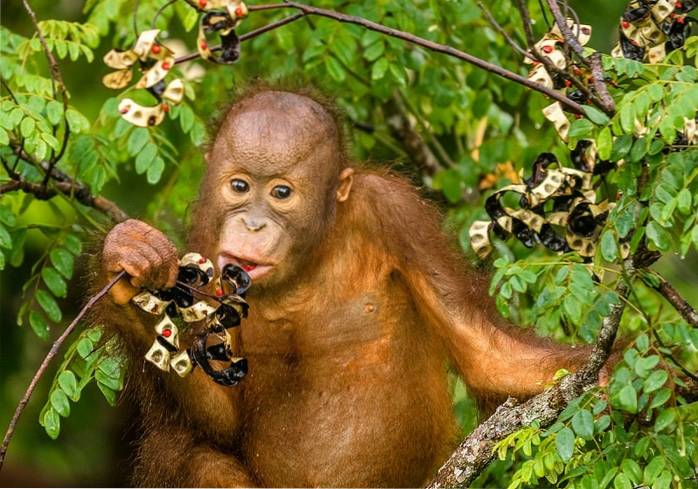
This is the ecological niche that the species actually occupies, that is, its real natural world. This ecological niche is limited by the competition it has with other species for resources (interspecific competition).
This includes the predators that stalk it, the food it really has, the water, that is, all the resources it requires..
The real niche is the result of the adaptive capacity of the species and the biological interactions it faces. Such as competition, predation, parasitism, and disease.
Differences between ecological niche and habitat
The ecological niche has to do with the ways of feeding and avoiding becoming food, as well as the resources that the species uses. While the habitat refers to the environment where the species develop, the spatial area or physical place where they carry out their activities..
This environment that constitutes the habitat of the species, meets certain conditions to which the species has adapted. Therefore, in the same habitat there are different ecological niches occupied by different species.
For example, in the jungle (habitat) there are hunter carnivores like the jaguar and herbivores like the capybara. In turn, these two species live on the ground, while others, such as the howler monkey (frugivore) and the harpy eagle (carnivore) live in the trees.
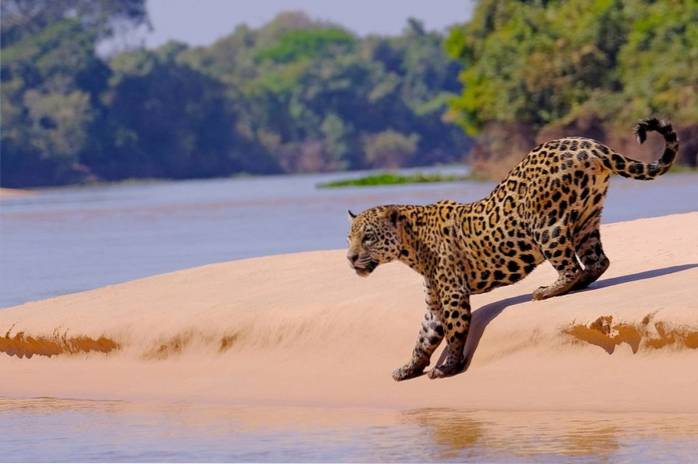
Similarly, a species that occupies a certain ecological niche can exist in different habitats. This depends on its greater or lesser capacity to adapt to different environmental conditions. For example, the white-tailed deer can occupy the forest or the prairie, two different habitats..
Other species such as the opossum can live in very varied habitats, from a jungle, through a savannah, to a city. This depends on the adaptability of each species.
The range of variation of the possible habitats of a species can be very wide or extremely narrow. However, the ecological niche of the species is normally narrow, except in some cases.
A carnivore hunter, in general it will remain so regardless of the variety of habitats it occupies. An exceptional case is the human being, who given his condition of omnivore (eats everything) and rational capacity, is capable of occupying various ecological niches.
Examples of ecological niches
Lion's ecological niche
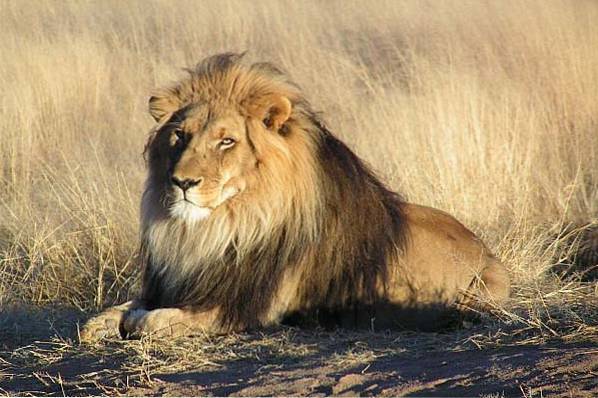
The habitat of the lion is air-ground, it lives in the African savannah and the niche it occupies is that of a carnivore hunter. It is considered at the top of the African savanna food chain because it has no predators. Its only predator is humans and not for nutritional reasons.
Giraffe ecological niche
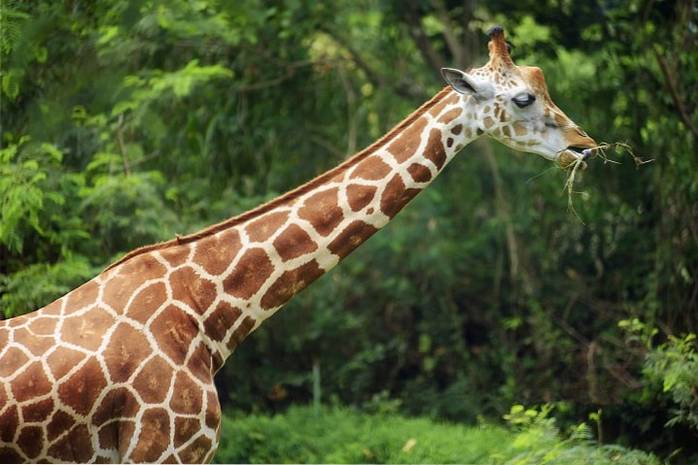
The giraffe also has a habitat in the air-ground environment in the African savannah and its niche is that of a herbivorous animal. Specifically, it browse, that is, it consumes the leaves and fruits of the trees, especially the acacias that inhabit the savannah. Therefore, the most accurate thing is to call it a folivore, that is, consumer of leaves..
Ecological niche of the zebra
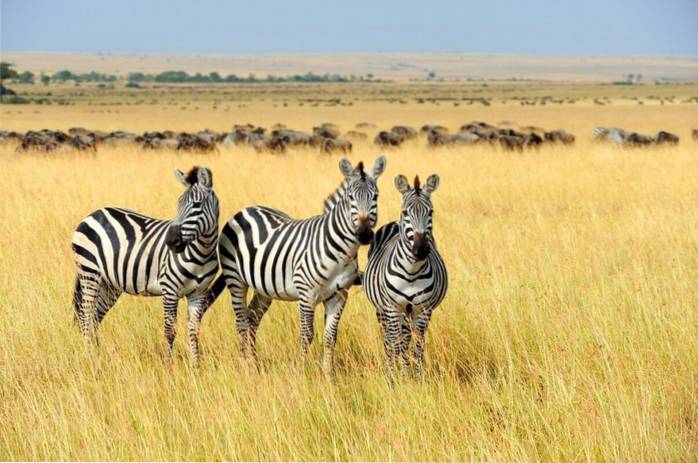
Like the giraffe, the zebra occupies an air-ground habitat in the African savannah and also its niche is that of a herbivore. But unlike the giraffe, the zebra consumes the grasses that grow on the savanna soil..
Ecological niche of the bat
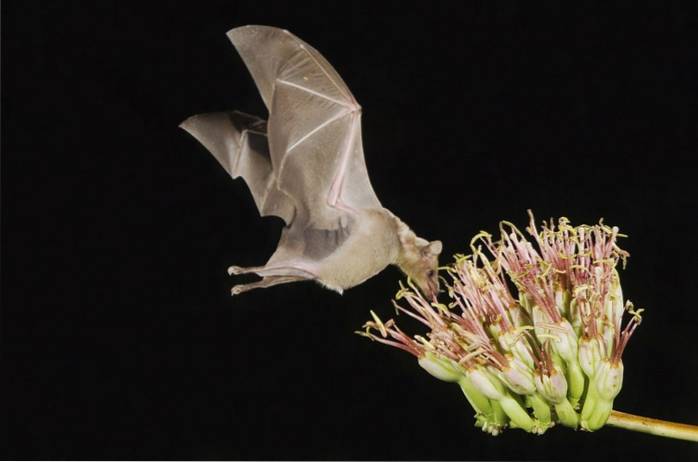
Bats are a very diverse group of flying mammals in terms of habitats and ecological niches. Depending on the species they can inhabit jungles, forests, savannas and even cities, always active at night and hiding in caves or dark places..
While occupying niches ranging from frugivores (eat fruit), insectivores (eat insects) to fishermen (carnivores that eat fish). There are even blood-sucking ones, that is, they consume blood, the so-called vampires..
Ecological niche of the Kingfisher
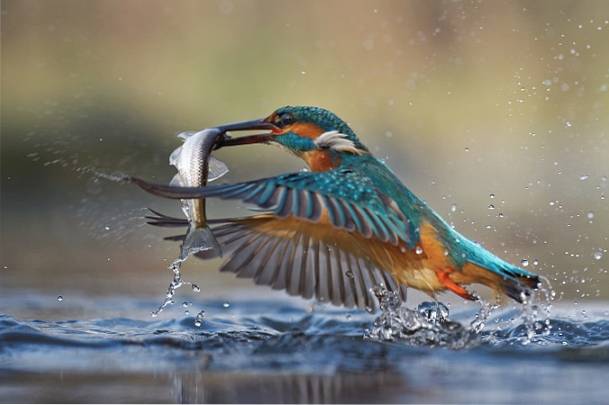
Kingfisher is called to several species of birds that inhabit the air-ground environment and feed on fish that they catch on the fly. In other words, its ecological niche is that of carnivorous fishing birds..
Ecological niche of the whale
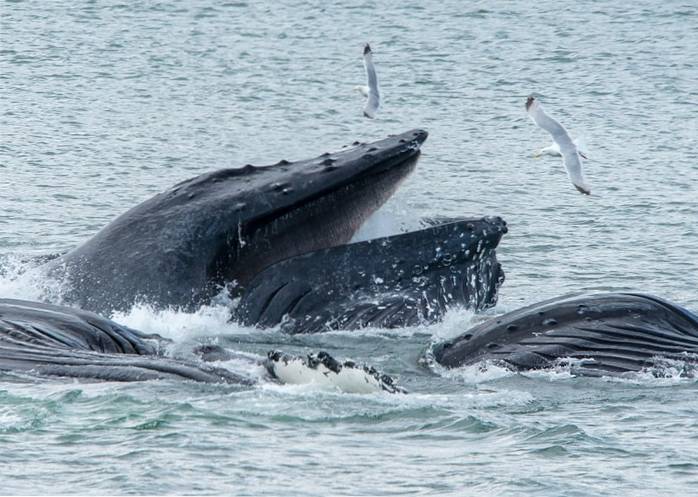
Whales are large aquatic mammals of the group of cetaceans, therefore their habitat is the ocean. While its niche is that of carnivores that feed on marine animals. However, the group of whales is varied, there are baleen whales and toothed whales.
Baleen like blue whales feed by swallowing large amounts of water which they then expel and filter into the baleen. In this way they capture thousands of specimens of krill, a tiny crustacean that is part of the zooplankton. While serrated like the sperm whale catch and devour fish and even large marine animals like the giant squid.
Shark ecological niche
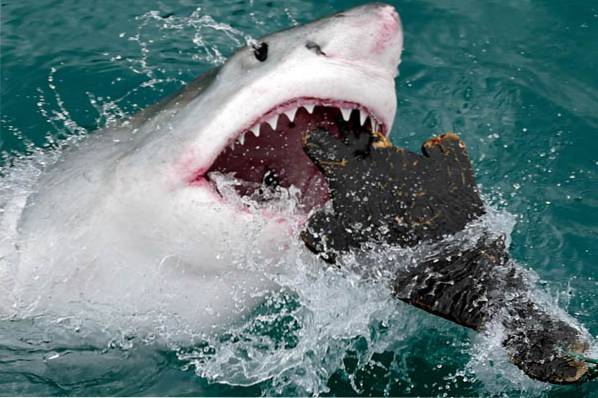
The name of shark is given to many species of cartilaginous fish, all inhabitants of the oceans, although some venture into large rivers. Almost all sharks occupy the niche of large marine predators.
They are voracious carnivores and hunt fish and all kinds of marine animals at their fingertips. However, there is a species of shark (the largest of all), which only feeds on plankton, it is the whale shark.
Ecological niche of the dung beetle
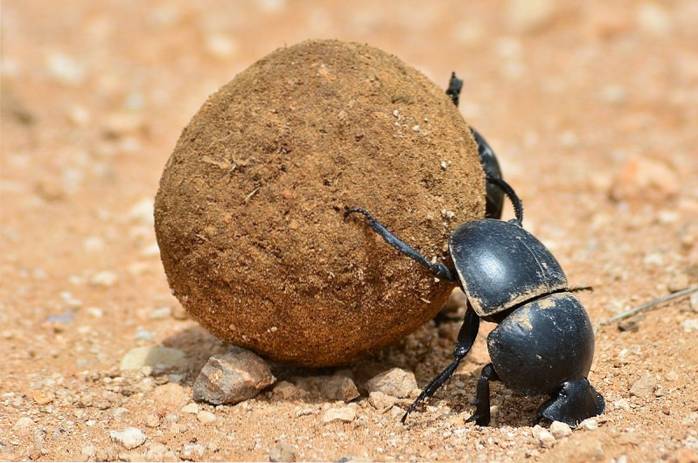
This insect lives in different places, but in general it is savanna and grasslands and there are different species. The ecological niche it occupies changes as it develops.
Thus, their larvae are dung in the first stage (consume excrement), and then emerge and dig to consume roots, that is, they are herbivorous. There are other species that are scavengers or ghouls, that is, they consume remains of dead animals.
Chimpanzee ecological niche
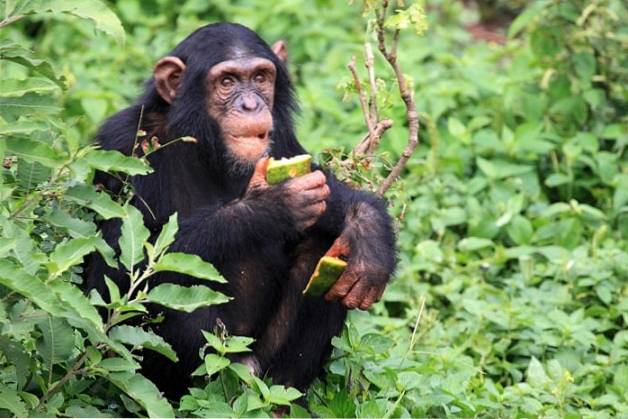
Chimpanzees are very interesting animals due to their close evolutionary relationship with our species, in fact they are our sister species. These animals occupy an air-ground habitat in the jungles of the Congo, roaming the jungle floor and also the trees.
Their ecological niche is that of an omnivorous animal, although their main food is fruits and shoots, they also consume insects and small animals.
Ecological niche of the human being
We are a species with a very wide range of habitat, being able to adapt the environment to our needs. On the other hand, like our sister species the chimpanzees, we are omnivores, being the biggest predators on the planet. We consume almost everything, we grow it, we raise it, we hunt it or we fish it to consume it.
References
- Calow, P. (Ed.) (1998). The encyclopedia of ecology and environmental management. Blackwell Science.
- Margalef, R. (1974). Ecology. Omega editions.
- Odum, E.P. and Warrett, G.W. (2006). Fundamentals of ecology. Fifth edition. Thomson.
- Purves, W. K., Sadava, D., Orians, G. H. and Heller, H. C. (2001). Life. The science of biology.
- Whittaker, R. H. 1970. Communities and ecosystems. Macmillan, New York.


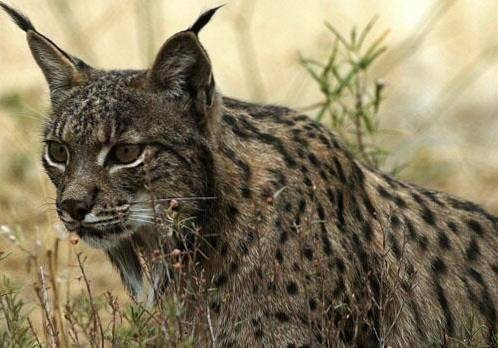
Yet No Comments